Innovation in Food Products
Innovation within the food industry serves as a significant catalyst for The Global Soluble Fiber Industry. Manufacturers are continuously exploring new ways to incorporate soluble fiber into a diverse range of products, including snacks, beverages, and baked goods. This innovation is driven by consumer demand for convenient, health-oriented options that do not compromise on taste or texture. Recent trends indicate that products fortified with soluble fiber are gaining traction, with a notable increase in product launches featuring this ingredient. Such innovation not only enhances product appeal but also expands the market reach of soluble fiber.
Rising Demand for Functional Foods
The increasing consumer inclination towards functional foods is a notable driver for The Global Soluble Fiber Industry. As individuals become more health-conscious, they seek products that offer additional health benefits beyond basic nutrition. Soluble fiber, known for its role in digestive health and potential to lower cholesterol levels, is increasingly incorporated into various food products. According to recent data, the functional food market is projected to grow at a compound annual growth rate of approximately 8% over the next five years. This trend suggests a robust opportunity for soluble fiber products, as manufacturers aim to meet the rising demand for health-enhancing ingredients.
Growing Awareness of Digestive Health
The rising awareness surrounding digestive health is a critical driver for The Global Soluble Fiber Industry. Consumers are increasingly recognizing the importance of gut health and its connection to overall well-being. Soluble fiber plays a vital role in promoting digestive health by aiding in regular bowel movements and supporting beneficial gut bacteria. Market Research Future indicates that the digestive health segment is expected to witness substantial growth, with a projected increase of 10% annually. This growing awareness is likely to propel the demand for soluble fiber as consumers actively seek products that contribute to improved digestive function.
Increased Focus on Preventive Healthcare
The heightened focus on preventive healthcare is emerging as a pivotal driver for The Global Soluble Fiber Industry. As healthcare costs continue to rise, consumers are becoming more proactive in managing their health through dietary choices. Soluble fiber is recognized for its potential to prevent various health issues, including obesity and cardiovascular diseases. This preventive approach is reflected in the growing sales of dietary supplements and functional foods that emphasize fiber content. Market analysis suggests that the preventive healthcare trend will continue to influence consumer purchasing behavior, thereby bolstering the demand for soluble fiber in various food applications.
Regulatory Support for Healthier Ingredients
Regulatory bodies worldwide are increasingly promoting the use of healthier ingredients in food products, which significantly impacts The Global Soluble Fiber Industry. Initiatives aimed at reducing sugar and fat content in foods have led to a greater emphasis on incorporating soluble fiber as a means to enhance nutritional profiles. For instance, various countries have established guidelines that encourage food manufacturers to include dietary fibers in their products. This regulatory support not only fosters innovation in product development but also aligns with consumer preferences for healthier options, thereby driving the demand for soluble fiber.


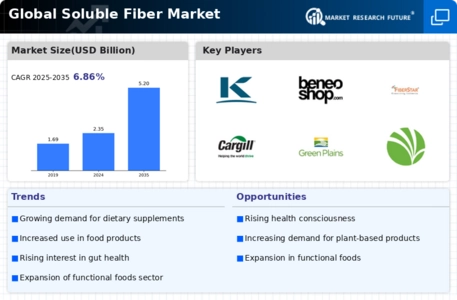
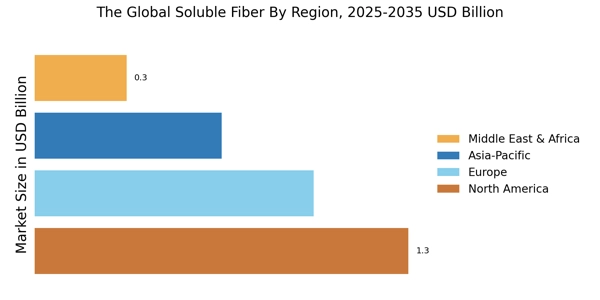

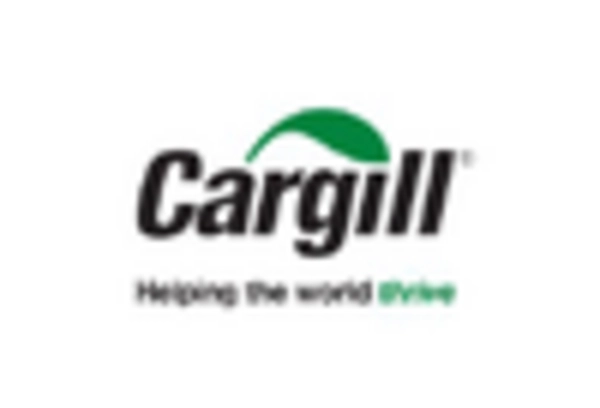
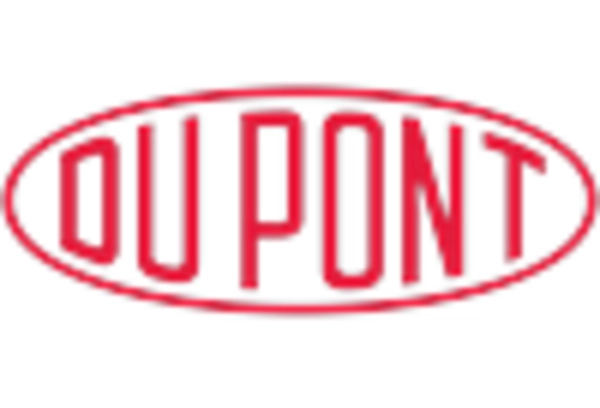
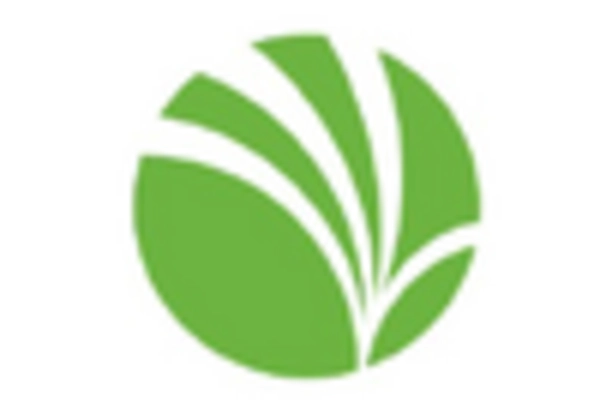
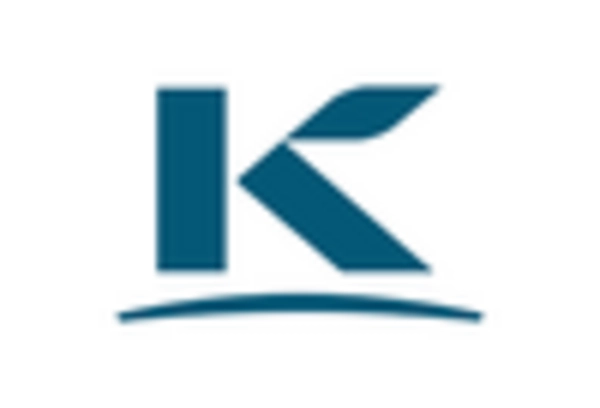
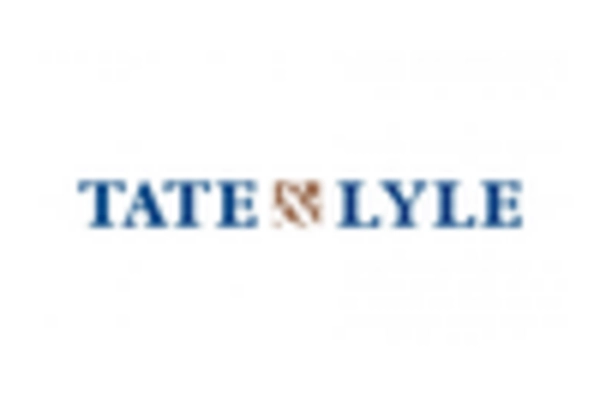








Leave a Comment